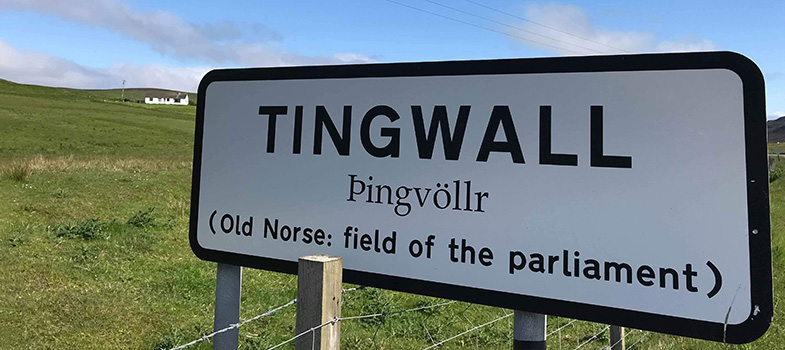Unit 1: Scots today
Introduction
In this unit you will learn about the status of the Scots language in contemporary Scotland. You will consider where Scots is currently spoken, heard and seen in written form. You will also explore public attitudes towards the Scots language and how the modern Scottish state supports its Scots speakers. To help you review what you have learned, you will be asked to reflect on the future of the language.
Today, Scots is perhaps at a crossroads in its long history. Although its profile is arguably higher than at any time in the last twenty-five years, Scots speakers continue to face indifference, and at times even hostility towards their language. Over the first five sections in this unit - Mooth, Lugs, Een, Hert and Heid - you will think about the present situation of the Scots language and be able to assess its status within Scottish society. The final section will invite you to consider the future of the Scots language.
Important details to take notes on throughout this unit:
- Where people speak Scots in Scotland today
- How Scots is represented in broadcasting
- Who is writing in Scots in the 21st century
- Positive and negative views of Scots
- What the Scottish Government is doing to support Scots.
Activity 1 
Before commencing your study of this unit, you may wish to jot down some thoughts on the five important details we suggest you take notes on throughout this unit. You could write down what you already know about each of these five points, as well as any assumption or question you might have. You will revisit these initial thoughts again when you come to the end of the unit.
